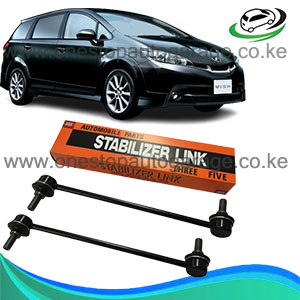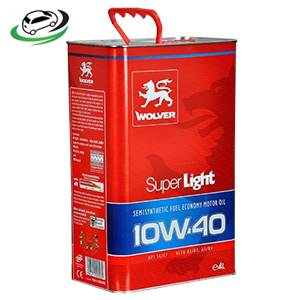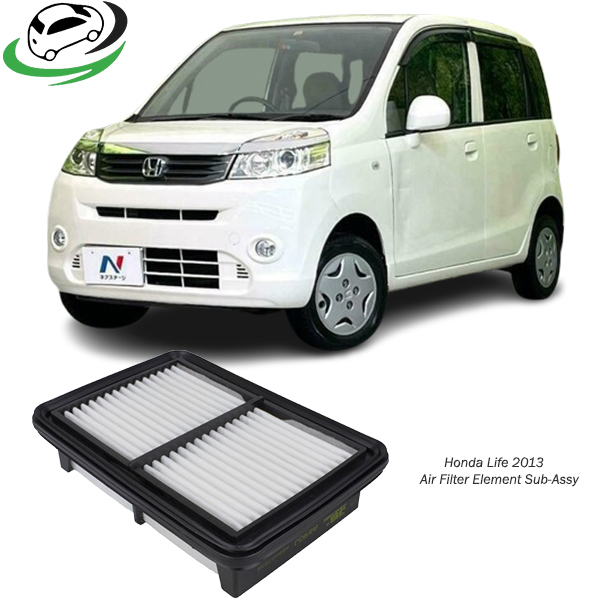-20%
Get Honda Life 2013 Air Filter Element Sub-Assy A890J in Kenya
The air filter element sub-assembly is a critical component in a vehicle’s air intake system, designed to filter incoming air before it enters the engine. This part is responsible for trapping dust, debris, and other contaminants to ensure only clean, filtered air reaches the combustion chambers. A well-maintained air filter element sub-assy improves engine efficiency, protects internal components, and contributes to optimal fuel economy. In this article, we’ll explore its functions, design, types, benefits, maintenance tips, and signs of wear.
1. Purpose of an Air Filter Element Sub-Assy
The air filter element sub-assy plays a pivotal role in the air intake system by filtering the air required for combustion in the engine. Clean air is essential for efficient fuel combustion, as impurities can cause damage to engine parts, reducing performance and lifespan. Here’s why it’s important:
- Improved Combustion: A clean air-fuel mix is essential for efficient combustion, as contaminants in the air can disrupt this balance and reduce power output.
- Engine Protection: By preventing particles from entering the engine, the air filter protects sensitive engine components, such as the pistons, cylinder walls, and crankshaft.
- Enhanced Fuel Economy: A clean filter ensures that the right amount of air enters the engine, which helps maintain the correct air-fuel ratio. This improves fuel economy and reduces emissions.
- Minimizing Wear: Abrasive particles can cause premature wear in the engine. A functioning air filter prevents these particles from accumulating, leading to smoother engine operation and less wear over time.
2. Structure of the Air Filter Element Sub-Assy
The air filter element sub-assy is built to provide a robust filtering mechanism while maintaining optimal airflow. The key components of the air filter assembly include:
- Filter Media: The primary element in the assembly, the filter media is made from materials like paper, foam, or cotton. This material is engineered to trap fine particles while allowing air to pass through.
- Frame and Seals: The frame holds the filter media in place, while rubber or foam seals ensure that all incoming air passes through the filter rather than around it. These seals help prevent any unfiltered air from reaching the engine.
- Support Structure: Some air filters, especially those in high-performance engines, may contain a metal mesh or plastic support structure to keep the filter from collapsing under high airflow.
- Pre-Filters: In some applications, a pre-filter is added to capture larger particles before they reach the main filter media, extending the life of the primary filter.
3. Types of Air Filter Element Sub-Assy
There are various types of air filters designed for different driving conditions and performance requirements:
- Paper Air Filters: These are the most common type of air filter, made from thick, porous paper that captures contaminants effectively. They are usually disposable and need replacement at regular intervals.
- Foam Air Filters: Foam filters are often used in off-road vehicles as they provide high filtration and can capture fine dust particles. Foam filters are usually washable and reusable.
- Cotton Gauze Air Filters: These filters are often used in performance vehicles as they provide good airflow with effective filtration. Cotton filters can be cleaned and reused, making them popular among enthusiasts.
- Activated Carbon Air Filters: Carbon filters are used in environments with high pollution. They can absorb harmful gases and fumes, in addition to filtering out solid particles.
- Synthetic Air Filters: Synthetic filters use high-density materials to trap contaminants and are often used in extreme environments. They tend to have a long service life and provide excellent filtration efficiency.
Each filter type is suited to specific driving conditions, and selecting the right type helps optimize engine performance and longevity.
4. Advantages of Using a Quality Air Filter Element Sub-Assy
Using a quality air filter element sub-assy brings several key benefits to engine performance and vehicle efficiency:
- Enhanced Engine Performance: High-quality air filters allow for optimal air intake, which improves combustion efficiency and helps the engine generate more power.
- Protection of Engine Components: Effective filtration keeps out dust, dirt, and debris, safeguarding the engine from damage and reducing maintenance needs.
- Improved Fuel Economy: A clogged or low-quality filter restricts airflow, which causes the engine to consume more fuel. A quality air filter helps maintain proper air-fuel balance, reducing fuel consumption.
- Reduced Emissions: Clean filters ensure efficient combustion, leading to fewer unburned fuel particles being released into the exhaust, which in turn lowers emissions.
- Extended Engine Life: By reducing contaminants, the air filter prevents premature wear of engine parts, contributing to a longer lifespan.
Using an air filter that meets OEM specifications ensures these benefits while also protecting the engine warranty.
5. Signs of a Worn-Out Air Filter Element Sub-Assy
Knowing when to replace or clean the air filter element is crucial to maintain engine performance. Here are common signs of a worn or clogged air filter:
- Reduced Engine Power: If the engine feels sluggish or lacks acceleration, it could be due to restricted airflow from a clogged filter.
- Poor Fuel Efficiency: An increase in fuel consumption is often a sign of a clogged air filter, as the engine compensates for reduced airflow by burning more fuel.
- Black Smoke from Exhaust: Insufficient air supply can lead to incomplete combustion, resulting in black smoke or soot from the exhaust.
- Rough Idling: Restricted airflow can cause the engine to idle roughly, as it struggles to maintain a consistent air-fuel ratio.
- Check Engine Light: In modern vehicles, a severely clogged air filter can trigger the check engine light, indicating air intake issues.
6. Maintenance Tips for the Air Filter Element Sub-Assy
Regular maintenance of the air filter ensures optimal performance and prevents issues related to clogged or damaged filters:
- Follow the Manufacturer’s Recommendations: Vehicle manufacturers usually recommend replacing the air filter every 12,000 to 15,000 miles, depending on driving conditions.
- Inspect the Filter Regularly: Visual inspection can reveal if the filter is clogged or dirty. In dusty or polluted environments, it may need more frequent replacement.
- Use Compressed Air for Light Cleaning: For reusable filters, compressed air can be used to blow out surface dust, but care should be taken not to damage the filter media.
- Replace When Necessary: Paper filters should be replaced, while foam and cotton filters may be cleaned according to the manufacturer’s guidelines.
- Avoid Over-Cleaning: Some filters can lose their effectiveness if cleaned or washed too frequently. Always check the manufacturer’s recommendations.
Following these tips helps the air filter maintain its efficiency, protecting the engine from contaminants and preserving fuel economy.
7. Difference Between Genuine and Aftermarket Air Filters
While aftermarket filters may be cheaper, genuine air filters provide better protection and performance:
- Superior Filtration: Genuine filters use high-quality filter media, providing superior filtration and better protection against contaminants.
- Perfect Fit and Compatibility: Genuine filters are designed to fit specific models, ensuring no gaps or air bypass that could compromise filtration.
- Durability: Genuine filters are made from durable materials that withstand high engine temperatures and air pressure, reducing the risk of tearing or collapse.
- Warranty Protection: Using non-OEM parts can sometimes void vehicle warranties, so genuine parts offer an added layer of protection.
8. Cost Implications of an Air Filter Element Sub-Assy
While genuine filters may cost more than aftermarket options, the benefits often justify the investment. The protection provided by a genuine air filter minimizes the risk of engine damage, which can lead to costly repairs. By optimizing fuel economy and preventing wear, a high-quality air filter contributes to long-term savings.
9. Environmental Impact of Air Filters
Proper disposal of used air filters is essential as they contain captured contaminants that can pollute the environment. Many automotive shops offer recycling programs for used filters, which help minimize environmental impact. Additionally, reusable filters can reduce waste over time, making them a more sustainable choice.
Conclusion
The air filter element sub-assy is a vital component in maintaining engine performance, fuel economy, and overall vehicle efficiency. A high-quality air filter ensures that the engine receives clean air, which is essential for optimal combustion and protection against wear. Recognizing the signs of a clogged filter and following maintenance guidelines can extend engine life, reduce emissions, and improve fuel efficiency. Using a genuine air filter element sub-assy provides the added benefit of reliability, durability, and compatibility, offering peace of mind for vehicle owners looking to keep their engines in peak condition.
Follow us on Facebook for more parts.



